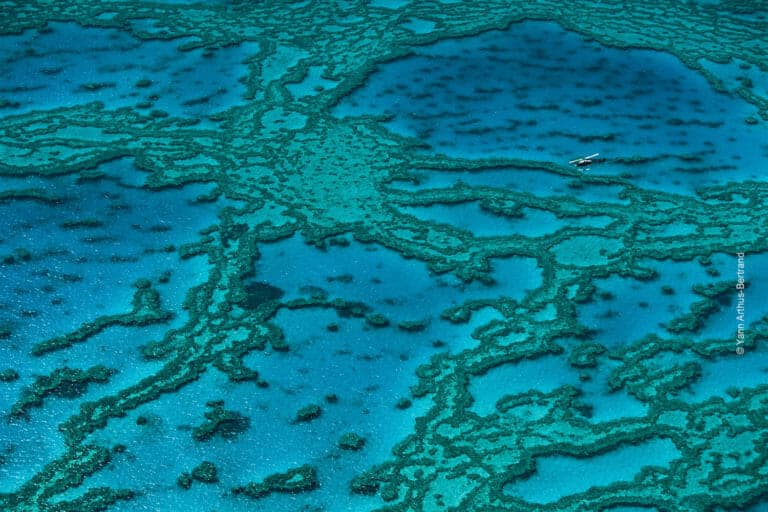Our marine ecosystems require protection from harmful human impact. MPAs [Marine Protected Areas] protect landscapes and biodiversity, allowing commercial species to reproduce and thrive, restocking adjacent fisheries. They support heritage and sustainable exploitation, and lead to the creation of new jobs in tourism, research and education.
Marine Protected Areas & Sustainability

International law requires a minimum of 10% of marine and coastal areas to be effectively protected by 2020. Today, only 4% of marine and coastal areas are protected by law, and less than 1% is fully enforced. Without surveillance, participatory stewardship and sound environmental accountancy, protected areas fail to provide necessary safe havens and services. This is particularly true for developing countries, which risk losing the valuable marine resources they depend on. The “Our Ocean Conference” is looking for commitments to develop effective regional networks of MPAs, and to support them with sufficient economic resources, technical capacity and participatory sustainable management.
Climate Change
Our atmosphere and oceans are experiencing drastic change: they are warming up and changing composition, faster than ever recorded. This has consequences on a global scale. Some are increasingly obvious: rising sea levels, extreme weather conditions, ocean acidification, dead zones and invasive species. […]
Full article: Areas of action
More about ocean acidification:
Study: Edible Crabs Won’t Cope With Effects of Climate Change on Seawater
How About That Water Quality? Ocean Acidification
West Coast Ocean Acidification Rates Among Highest In World
Persistent spatial structuring of coastal ocean acidification in the California Current System
Acidified Ocean Water Widespread Along North American West Coast

